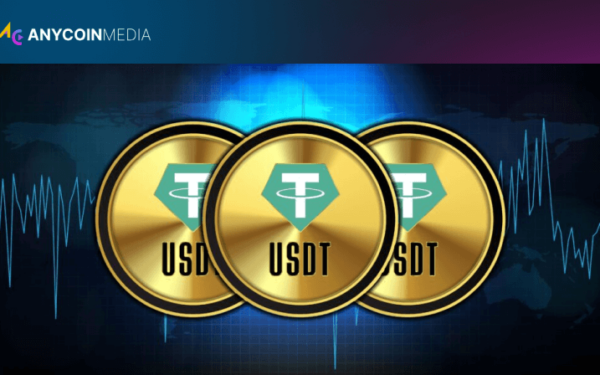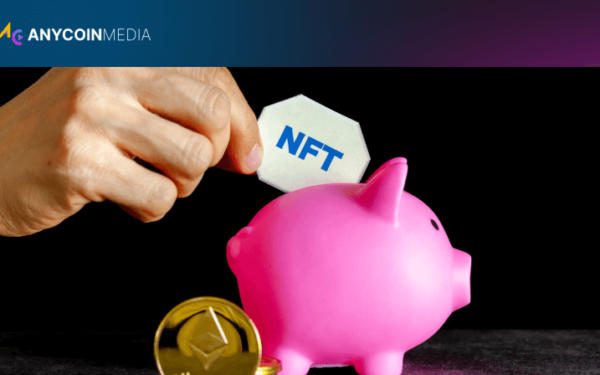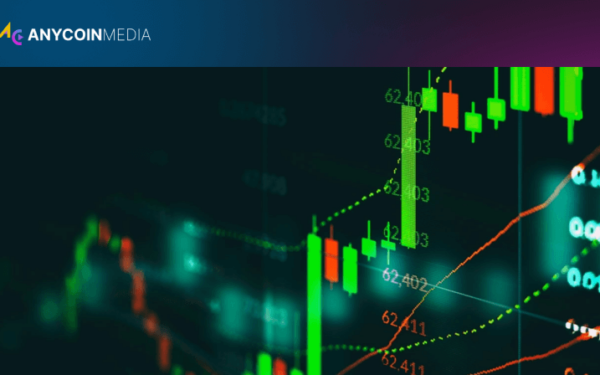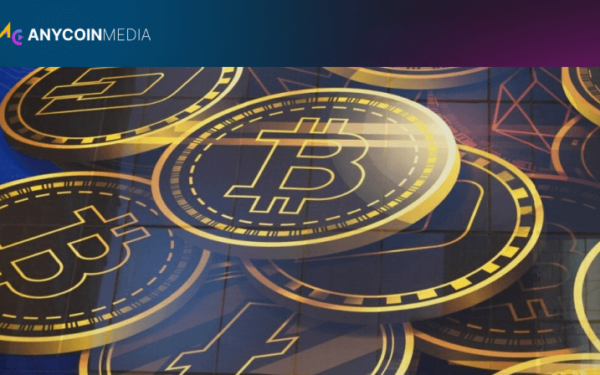The cryptocurrency ecosystem has evolved rapidly since Bitcoin’s inception, giving rise to various trading platforms that cater to the growing demand for digital asset exchanges. Two distinct models have emerged among these platforms: centralized exchanges (CEX) and decentralized exchanges (DEX). Each model offers unique features, advantages, and drawbacks, shaping the landscape of cryptocurrency trading and influencing how users interact with digital assets.
At their core, cryptocurrency exchanges are marketplaces where users can buy, sell, and trade digital assets. These platforms play a crucial role in the crypto ecosystem, providing liquidity and facilitating price discovery. However, centralized and decentralized exchanges’ underlying architecture and operational principles differ significantly, leading to distinct user experiences and security considerations.
Centralized exchanges operate on a model similar to traditional financial institutions. They act as intermediaries, holding users’ funds and facilitating trades through a centralized order book. This model offers several advantages:
Popular centralized exchanges like Binance, Coinbase, and Kraken have become household names in the crypto space. They offer a wide range of trading pairs and often provide additional services such as margin trading, futures contracts, and staking.
However, the centralized nature of these exchanges comes with inherent risks. Users must trust the exchange too:
The phrase «not your keys, not your coins» encapsulates the primary concern with centralized exchanges — users relinquish control of their private keys, and thus their assets, to the exchange.
Decentralized exchanges, on the other hand, operate without a central authority. They utilize smart contracts to facilitate peer-to-peer trading directly from users’ wallets. This model aligns more closely with the ethos of cryptocurrencies, emphasizing:
Popular DEXs include Uniswap, SushiSwap, and PancakeSwap. These platforms have gained significant traction, particularly in the decentralized finance (DeFi) ecosystem.
DEXs typically use automated market maker (AMM) models, where liquidity is provided by users who deposit their assets into bright contract-based liquidity pools. Trades are executed against these pools, with prices determined by algorithmic formulas.
To better understand the differences between centralized and decentralized exchanges, let’s examine several key factors:
| Factor | Centralized Exchange | Decentralized Exchange |
| Custody | Exchange holds funds | User retains control |
| Speed | Fast | Can be slower |
| Liquidity | Generally higher | Varies, often lower |
| User Experience | More intuitive | Steeper learning curve |
| Privacy | KYC often required | Minimal to no KYC |
| Fiat Support | Yes | Limited to none |
| Regulatory Compliance | Higher | Lower |
| Smart Contract Risk | None | Present |
Security remains a paramount concern in the cryptocurrency space. Centralized exchanges present attractive targets for hackers due to the large pools of funds they control. Notable hacks, such as the Mt. Gox incident in 2014 and the Binance breach in 2019, have resulted in significant losses and shaken user confidence.
Decentralized exchanges mitigate this risk by allowing users to control their funds. However, they introduce new security considerations:
Both models require users to remain vigilant and practice good security hygiene. Two-factor authentication, hardware wallets, and scrutiny of transactions are essential practices regardless of the chosen exchange type.
The lines between centralized and decentralized exchanges blur as the cryptocurrency ecosystem matures. Hybrid models are emerging, attempting to combine the best features of both worlds:
These developments aim to address the limitations of each model while preserving their respective strengths.
The regulatory environment plays a significant role in shaping the future of cryptocurrency exchanges. Centralized exchanges, more akin to traditional financial institutions, face increasing scrutiny and compliance requirements. This has led to:
Decentralized exchanges, by their nature, present challenges for regulators. Their borderless, pseudonymous operations make traditional regulatory approaches less effective. However, regulatory bodies are increasingly focusing on DEXs and exploring ways to bring them under regulatory frameworks.
Despite the philosophical alignment of DEXs with cryptocurrency principles, centralized exchanges continue to dominate in terms of trading volume and user base. Factors contributing to this include:
However, DEXs have seen exponential growth, particularly since the «DeFi summer» of 2020. This growth has been driven by:
As blockchain technology advances and user education improves, the balance may shift. Layer-2 scaling solutions and cross-chain interoperability projects are addressing some technical limitations of DEXs, potentially paving the way for broader adoption.
The debate between centralized and decentralized exchanges reflects broader tensions within cryptocurrency — questions of trust, control, and the balance between innovation and regulation. Both models will likely coexist as the industry evolves, catering to different user needs and preferences.
Centralized exchanges may focus on:
Decentralized exchanges are likely to prioritize:
The future may see a convergence of models, with users seamlessly interacting with centralized and decentralized elements based on their specific needs at any given time.
In conclusion, the choice between centralized and decentralized exchanges ultimately depends on individual priorities — whether one values the convenience and features of CEXs or the autonomy and privacy of DEXs. As the crypto ecosystem continues to mature, users will benefit from diverse options, each with its own strengths and trade-offs. The ongoing evolution of these platforms will play a crucial role in shaping the future of digital asset trading and the broader adoption of cryptocurrencies.





